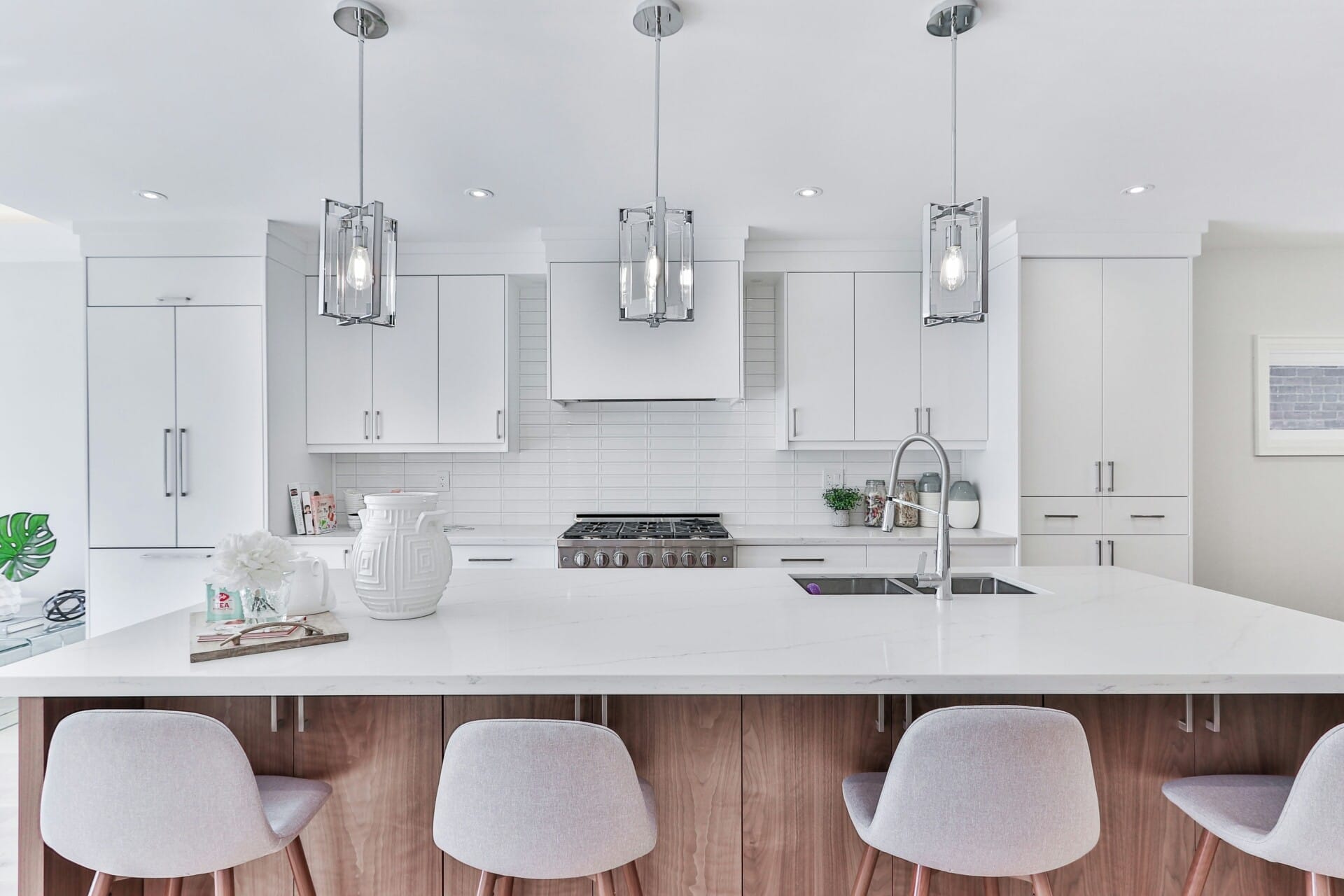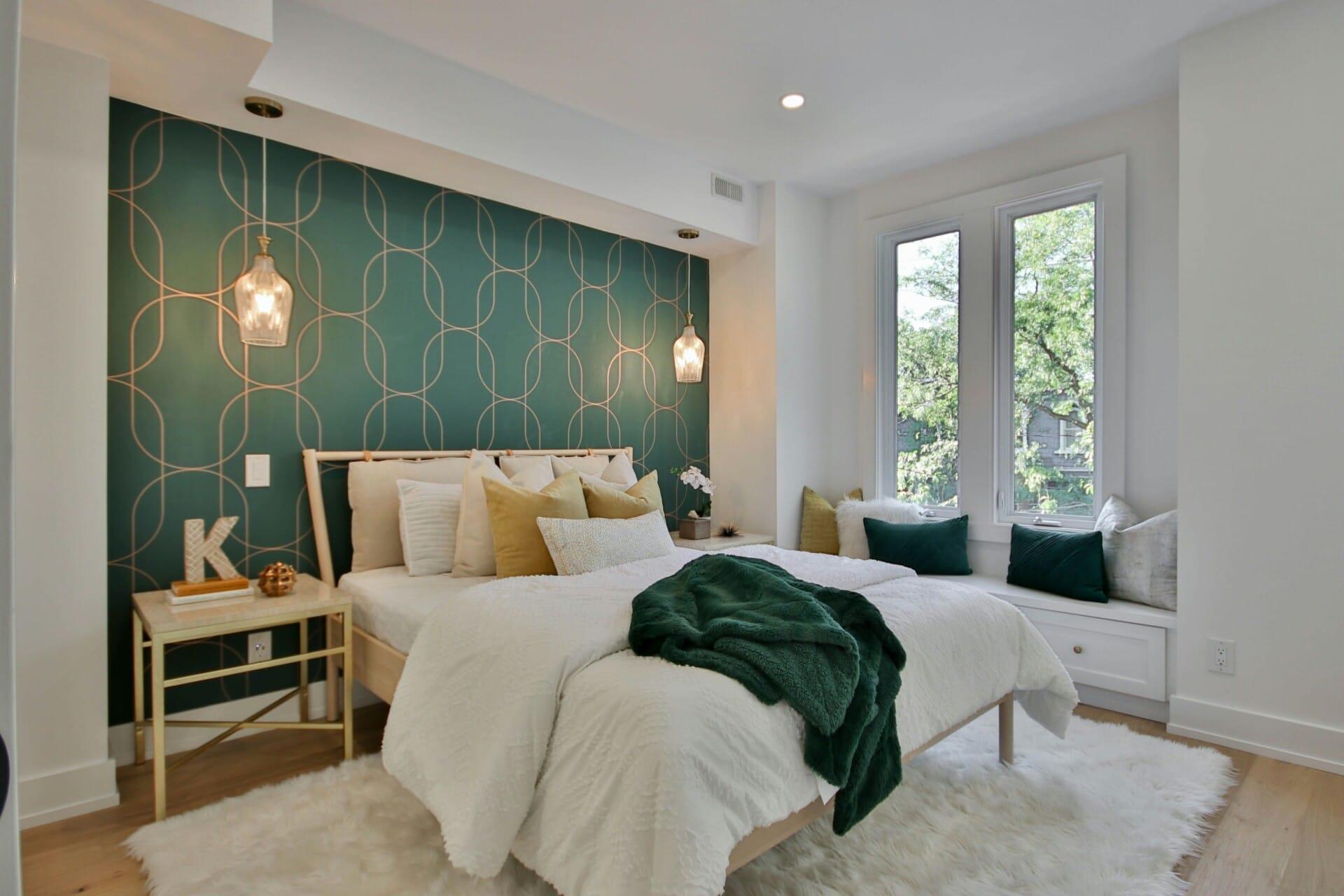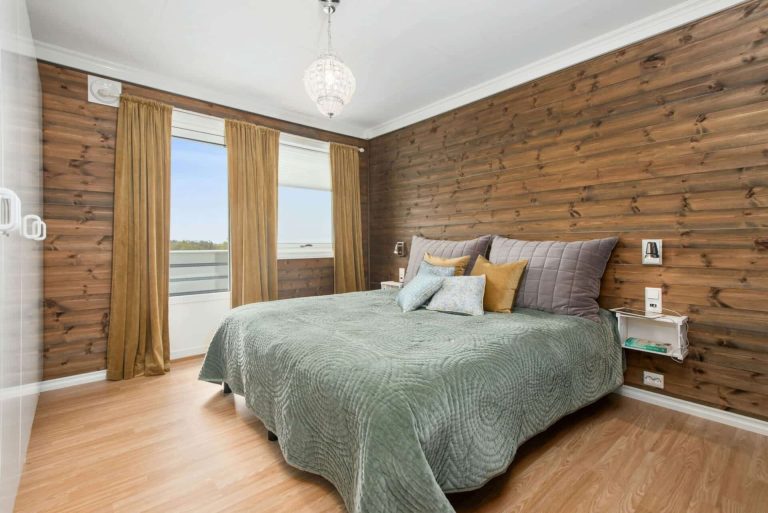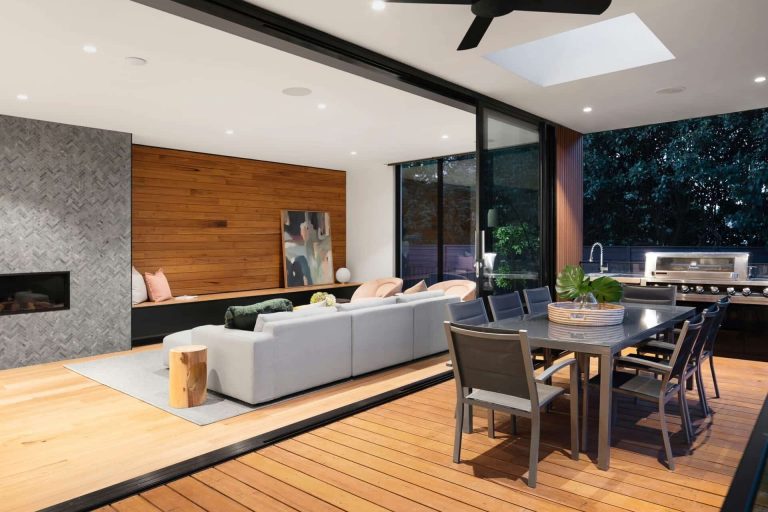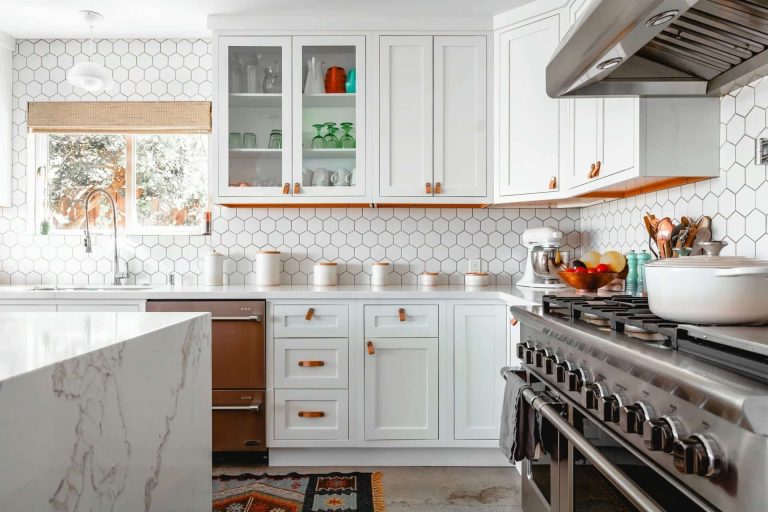Title: Building the Future: The Latest Innovation in Home Construction Technology in Malaysia
In the heart of Southeast Asia, Malaysia stands at the cusp of a transformative era in home construction, where traditional craftsmanship meets cutting-edge technology. As urban landscapes expand and the demand for sustainable housing intensifies, innovative solutions are emerging to redefine how homes are built, managed, and inhabited. The fusion of advanced materials, smart design, and digital tools is not only enhancing the efficiency of construction processes but also improving the sustainability and livability of residential spaces.
This article delves into the latest advancements in home construction technology in Malaysia, exploring how these innovations are shaping the future of housing. From automated construction methods to the integration of green technology, we will uncover the trends that are helping Malaysia address pressing challenges such as urbanization, environmental sustainability, and changing consumer demands. As we embark on this exploration, we aim to highlight the vision and ingenuity driving this evolution in the industry, setting the stage for a new standard in home building that harmonizes innovation with quality and community values. Join us as we uncover the myriad ways in which Malaysia is pioneering a revolution in home construction and setting a benchmark for the region and beyond.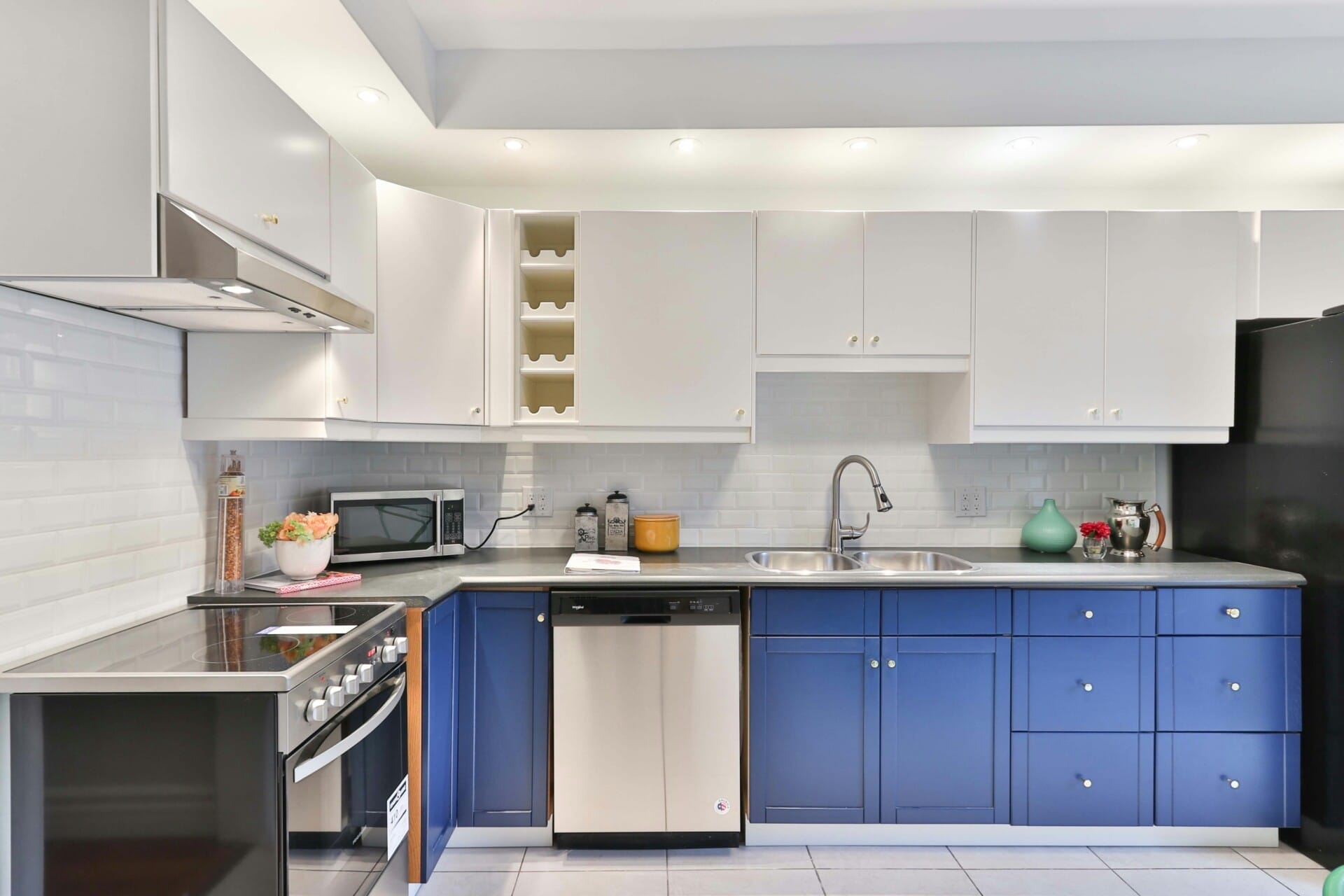
Emerging Trends in Sustainable Building Materials
Sustainable building practices are increasingly focusing on materials that reduce environmental impact while enhancing performance. As the demand for eco-friendly construction rises, innovative materials are emerging that embody these principles. Notable among these are recycled materials, which include repurposed wood, metal, and plastics that not only minimize waste but also add unique aesthetic value to homes. By integrating these components, builders are not only preserving resources but also creating one-of-a-kind structures that reflect a blend of sustainability and style.
Another exciting development is the rise of biodegradable materials in the construction sector. These include products such as mycelium—a fungus that can be harvested and treated to create strong, lightweight panels—and hempcrete, made from hemp fibers and lime. Such materials not only ensure lower carbon emissions during their lifecycle but also contribute positively when they reach the end of their usage. Homeowners are now able to enjoy durable structures that are environmentally responsible right from their inception to their eventual decomposition.
In addition to these materials, the use of smart technologies in building processes is becoming prevalent. Intelligent systems that allow for energy-efficient designs—such as solar-integrated roofing and high-performance insulation—are at the forefront of sustainable architecture. This combination of advanced materials and technology ensures that homes remain energy efficient while reducing reliance on conventional energy sources. The integration of these innovative solutions not only supports environmental sustainability but also enhances the overall comfort and functionality of modern living spaces.
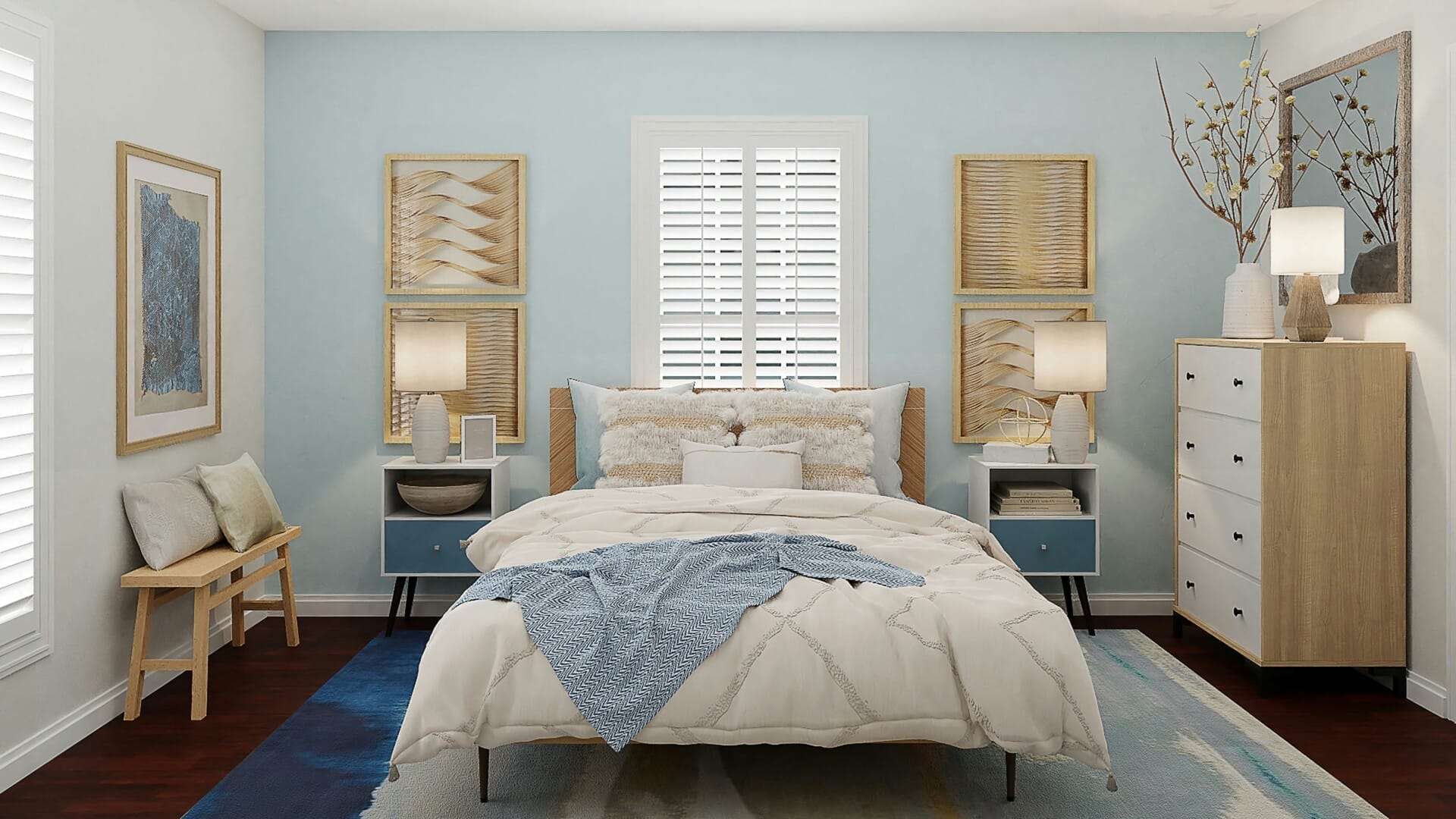
Smart Home Integration: Enhancing Comfort and Efficiency
Imagine entering your home after a long day and having the lights automatically adjust to your preferred brightness while your favorite music begins to play softly in the background. This is the reality that smart home integration offers. By connecting various home devices through a central system, homeowners in Malaysia can reap the benefits of heightened comfort and convenience. With advancements in technology, devices such as thermostats, lighting, and security systems can seamlessly interact, allowing for personalized settings tailored to individual lifestyles.
One of the significant advantages of smart technologies is their ability to enhance energy efficiency. Homeowners can monitor and control energy usage in real-time, helping reduce waste. With smart thermostats that learn your schedule, you can minimize heating or cooling when you’re not home. Consider the following features that contribute to a greener home:
- Automated Lighting: Lights automatically turn off when rooms are unoccupied.
- Energy Monitoring: Track energy consumption patterns to make informed changes.
- Smart Appliances: Devices like refrigerators and washing machines that optimize usage to save energy.
For those who prioritize security, smart home systems offer advanced solutions that provide peace of mind. With the ability to control locks, cameras, and alarms from a single platform, homeowners can keep a vigilant eye on their property from anywhere. A simple dashboard can display the status of various security elements, ensuring a comprehensive view of home safety. Here’s a quick comparison of popular security features:
| Feature | Benefits |
|---|---|
| Smart Locks | Keyless entry and remote locking/unlocking. |
| Security Cameras | Real-time monitoring and alerts on your smartphone. |
| Alarm Systems | Triggered by motion or breaches, with remote access. |
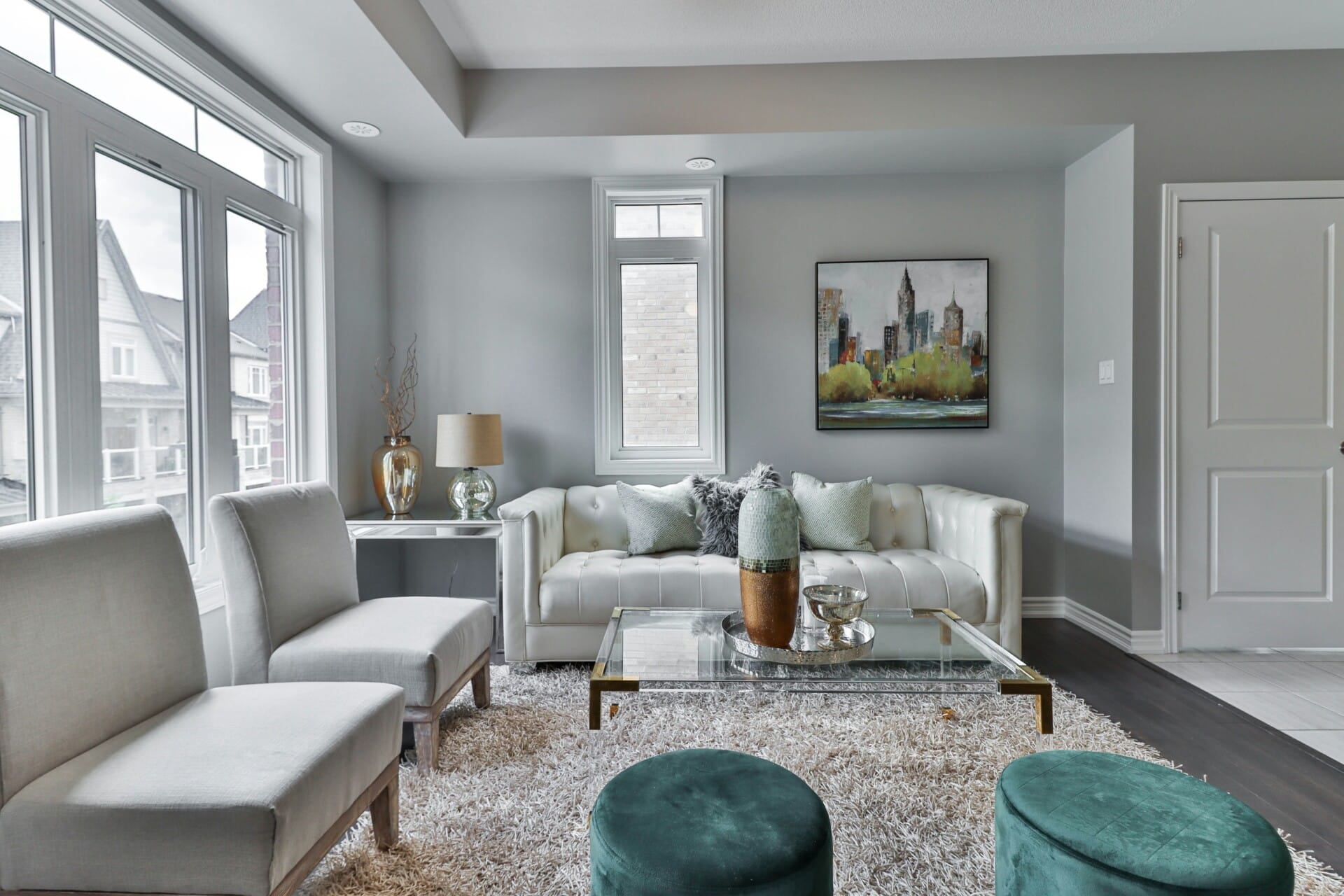
Innovative Construction Methods Reshaping Malaysian Landscapes
Amidst the rapidly evolving field of construction, Malaysia is witnessing a revolution in how homes are built. Prefabricated construction, a method where building components are manufactured off-site and assembled on location, is gaining traction. This approach not only accelerates the construction timeline but also ensures superior quality control. By minimizing time spent on-site, contractors can reduce labor costs and enhance safety measures for workers, ushering in a new era of efficiency in the industry.
In addition to prefabrication, the integration of 3D printing technology is reshaping conventional methods of home construction. This innovative technique allows for the rapid creation of intricately designed structures using sustainable materials, greatly reducing waste and environmental impact. Moreover, 3D printing provides the flexibility for homeowners to personalize their living spaces, creating unique homes tailored to their tastes and needs. Key advantages of 3D printing include:
- Speed: Significantly faster construction times
- Cost Efficiency: Lower material and labor costs
- Design Freedom: Opportunities for unique architectural expressions
Furthermore, the utilization of eco-friendly materials in construction is gaining momentum. Modern builders are increasingly adopting materials that are both renewable and recyclable, contributing to a more sustainable development paradigm. For instance, the use of bamboo, recycled steel, and rammed earth not only enhances the durability of homes but also reduces carbon footprints. Below is a simple comparison of traditional versus innovative materials in home construction:
| Aspect | Traditional Materials | Innovative Materials |
|---|---|---|
| Environmental Impact | High | Low |
| Cost | Higher | Lower |
| Durability | Moderate | High |
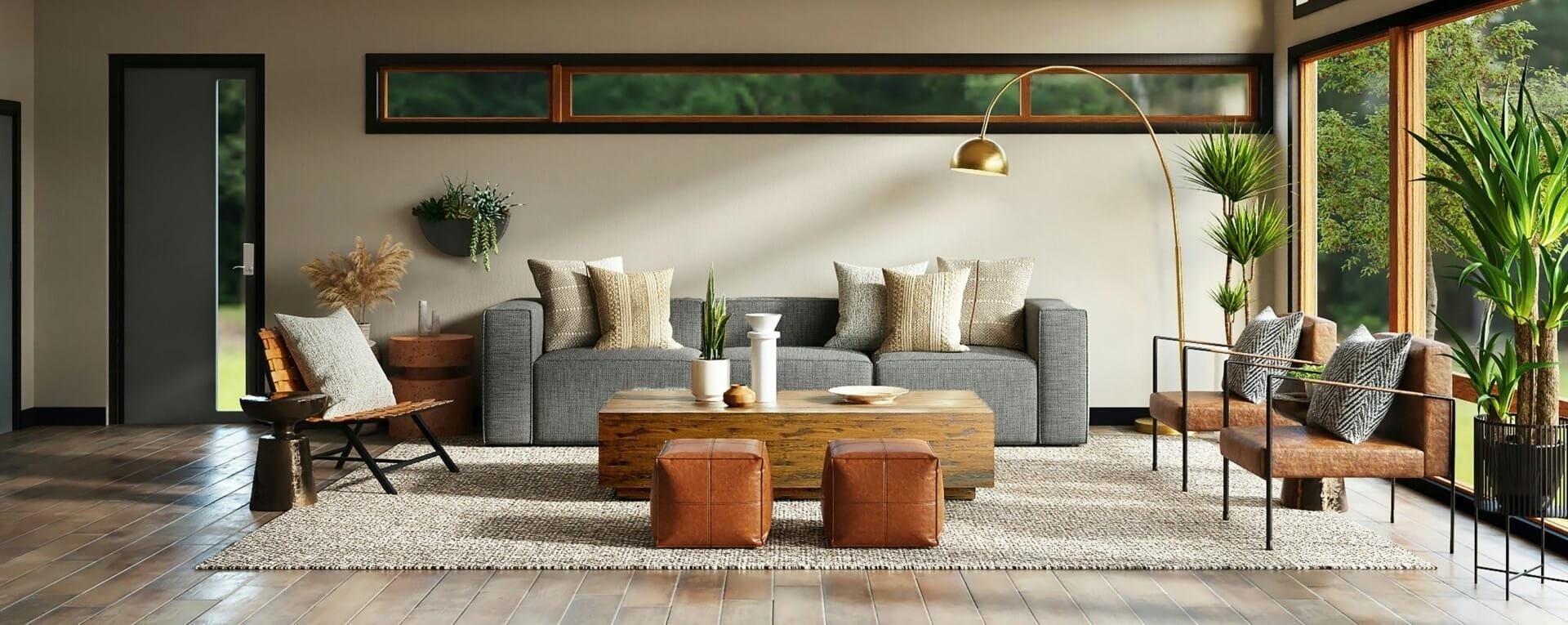
Essential Considerations for Adopting New Technologies in Home Building
When considering the integration of new technologies in home construction, it is crucial to evaluate the long-term benefits and challenges that may arise. One of the key factors is understanding how these innovations will affect energy efficiency. By adopting advanced building materials and smart technologies, homeowners can significantly reduce energy consumption and costs. However, it’s essential to conduct thorough research to ensure that any technology implemented offers actual energy savings over its lifespan.
Another vital aspect is the skilled workforce required to operate and maintain these new technologies. While innovations such as modular construction and 3D printing can streamline the building process, they often necessitate specialized training for workers. This can lead to initial setbacks if local labor markets are not prepared. Therefore, it’s advisable for builders to invest in training programs that equip their teams with necessary skills, thereby fostering a culture of adaptability and proficiency in new systems.
Lastly, consider the impact on design flexibility when adopting new technologies. Innovations like sustainable materials and prefabricated structures can enhance the aesthetic appeal and functional aspects of homes. However, contractors and architects must work closely together to ensure these technologies align with the overall design vision. Creating an open dialogue about how new tools can best serve the home’s functionality will not only refine the final product but also enhance client satisfaction.
Q&A
Q&A: The Latest Innovation in Home Construction Technology in Malaysia
Q1: What is the most recent innovation in home construction technology in Malaysia?
A1: The latest innovation making waves in Malaysia’s construction industry is the adoption of Building Information Modeling (BIM) integrated with augmented reality (AR). This technology allows architects and construction teams to visualize construction processes in real-time, ensuring precision in design and construction, while enhancing collaboration among stakeholders.
Q2: How does BIM and AR work together in home construction?
A2: BIM serves as a comprehensive digital representation of a building’s physical and functional characteristics. By incorporating AR technology, stakeholders can superimpose digital models onto the real-world environment during the construction process. This synergy allows for advanced visualization capabilities, helping builders to foresee challenges, adjust plans on-the-fly, and ultimately minimize errors.
Q3: What benefits does this technology offer to homeowners?
A3: For homeowners, the immediate benefits include improved transparency throughout the construction process and reduced project timelines. With AR, potential homeowners can walk through a virtual model of their future home even before construction begins, allowing for personalized adjustments and ensuring a final product that meets their expectations.
Q4: Are there any challenges associated with implementing this technology in Malaysia?
A4: Yes, while the technology presents enormous potential, several challenges remain. One primary obstacle is the initial cost of implementing BIM and AR tools, along with the need for specialized training for the workforce. Additionally, there’s a need for a cultural shift within the industry toward more collaborative and technology-driven practices.
Q5: How is the Malaysian government supporting this innovation in construction?
A5: The Malaysian government is actively promoting the adoption of advanced construction technologies, including BIM, through various initiatives. These efforts include financial incentives for companies investing in digital tools, as well as collaborations with educational institutions to create a skilled workforce adept at using these technologies.
Q6: What impact could this innovation have on the future of home construction in Malaysia?
A6: This innovation stands to revolutionize the home construction landscape in Malaysia. It has the potential to streamline processes, reduce waste, and enhance sustainability. As more builders embrace digitalization, it could lead to a healthier built environment, elevate the quality of housing, and ultimately contribute to the overall progress of the construction sector in the nation.
Q7: Where can interested homeowners learn more about these technologies?
A7: Homeowners keen to explore these innovations can attend industry expos, workshops, or seminars focused on modern construction technologies. Additionally, numerous online resources, including webinars and tutorials, offer insights into how BIM and AR can transform the home-buying and construction experience. Engaging with architects and construction firms that utilize these technologies can also provide invaluable firsthand experience.
Final Thoughts
As we stand on the brink of a transformative era in home construction, Malaysia is leading the way with innovations that not only redefine architectural standards but also enhance sustainability and livability. The integration of advanced technologies, such as modular building systems, automation, and eco-friendly materials, signals a profound shift in how we conceive our living spaces. These innovations are paving the path toward more efficient, affordable, and environmentally conscious homes, catering to the evolving needs of both urban and rural communities.
As the world moves towards smarter solutions, Malaysia’s commitment to embracing these changes will undoubtedly set a benchmark for other nations to follow. With each new advancement, we inch closer to a future where homes are not just shelters, but sustainable sanctuaries that harmonize with our natural surroundings.
In the weeks and months to come, we will undoubtedly see more exciting developments in this field. For homeowners, builders, and investors alike, staying informed and adaptable will be key to capitalizing on these advancements. The landscape of home construction in Malaysia is changing—let us watch, learn, and participate in this remarkable evolution together.